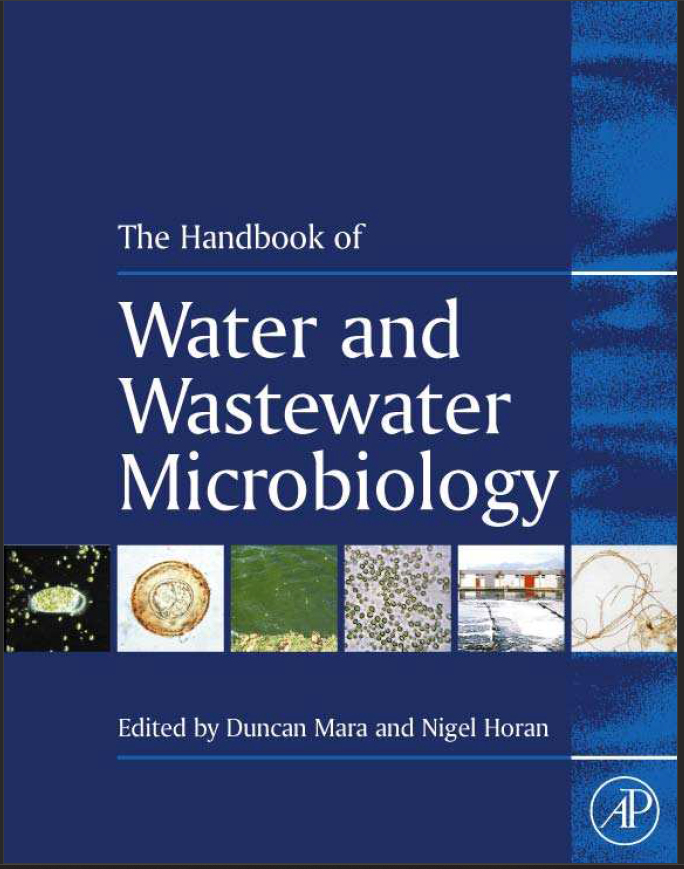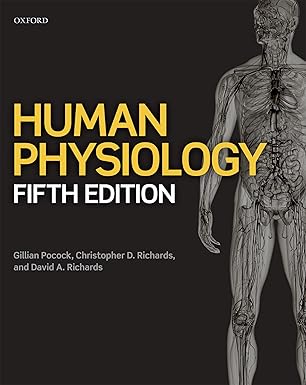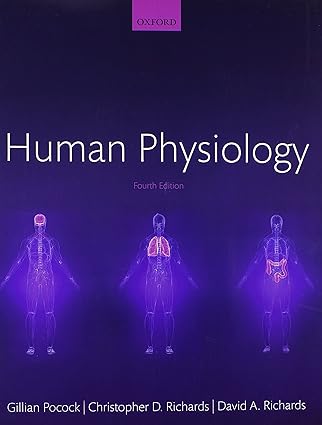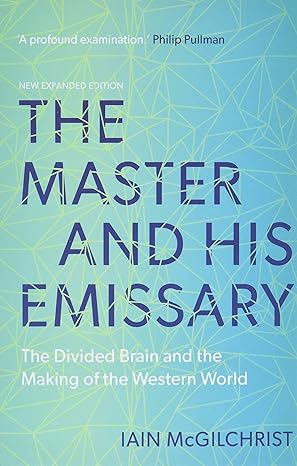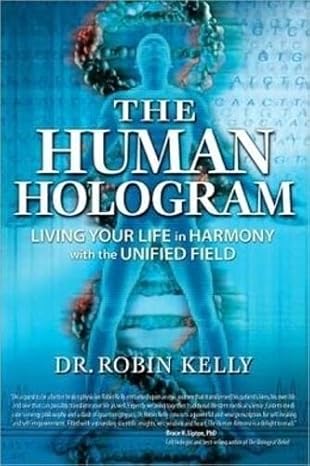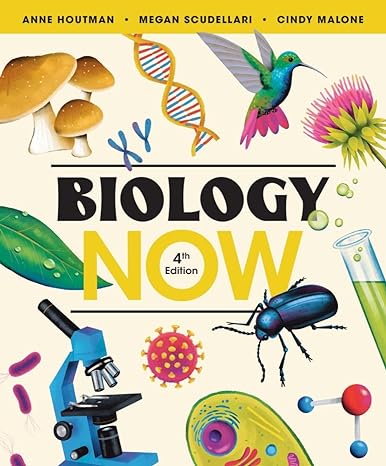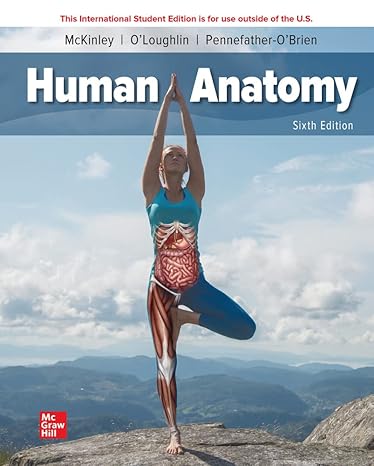Some 2300 years ago Hippocrates wrote: ‘My
other topic is water, and I now wish to give an
account both about waters that cause disease
and about those that are healthy, and what bad
things arise from water and what good things.
For water contributes very much to health.’ So
our appreciation of a relationship between the
water we use and our health has been with us
for a very long time. Hippocrates was unlikely
to have been the first person to realise the
existence of this relationship and we have
probably known since our species evolved that
water of adequate quantity and quality is
essential for our survival and our health.
We now know (and have known for just over
100 years) that water quality is governed by
(but, of course, not only by) microorganisms –
the viruses, bacteria and parasites that can
infect us and may (and very often do) make us
ill. Microorganisms are also central to wastewater
treatment and the reuse of treated
wastewaters – we exploit them to treat our
wastes biologically (actually, microbiologically),
and we must ensure that pathogenic
microorganisms are removed in the treatment
processes to a level at which they do not cause
any excess disease resulting from wastewater
use in agriculture or aquaculture.
Water disinfection, usually with chlorine,
has been practised in many parts of the world
(but regrettably not all) for over 100 years.
Water chlorination is a very efficient process: it
kills bacteria very quickly (but viruses more
slowly, and protozoa such as Giardia and
Cryptosporidium hardly at all). Faecal bacterial
numbers, in particular, are reduced to zero, and
thus early water engineers judged the quality
of chlorinated water supplies quite simply on
whether faecal indicator bacteria – principally
coliform bacteria – were present in the disinfected
water or not. Zero coliforms, and zero
faecal coliforms, quickly became the microbiological
goal of drinking water quality. No-one
would really question the general sense of this
goal – chlorinate your water and you get zero
coliforms per 100 ml, so everything’s OK. End
of story.
Life is rarely this simple, and water and
wastewater microbiology is no exception.
Emerging water-borne pathogens (Cryptosporidium,
for example) require us to have a deeper
understanding of water microbiology. Optimizing
(really, maximizing) microbiological
wastewater treatment also requires a knowledge
of microbiology greater than that possessed
by many design engineers. Structural
engineers have a pretty good understanding of
concrete, for example – so why shouldn’t those
who design activated sludge plants or waste
stabilization ponds have an equal appreciation
of the microorganisms whose activities are
essential to the treatment process they are
designing?
چکیده فارسی
حدود 2300 سال پیش بقراط نوشت: «من
موضوع دیگر آب است، و من اکنون می خواهم یک
بدهم هر دو را در مورد آبهایی که باعث بیماری می شوند را در نظر بگیرید
و در مورد آنهایی که سالم هستند و چه بد
چیزها از آب برمی خیزد و چه خوبی ها.
زیرا آب به سلامت کمک زیادی می کند.» بنابراین
قدردانی ما از رابطه بین
آبی که استفاده می کنیم و سلامتی ما با ما بوده است
برای مدت زمان بسیار طولانی. بقراط بعید بود
اولین کسی بود که متوجه شد
وجود این رابطه و ما داریم
احتمالاً از زمانی که گونه ما تکامل یافته است شناخته شده است که
آب با کمیت و کیفیت کافی
است برای بقا و سلامت ما ضروری است.
ما اکنون می دانیم (و کمی بیشتر از آن می شناسیم
). 100 سال) که کیفیت آب تحت کنترل
است (اما، البته، نه تنها توسط) میکروارگانیسم ها -
ویروس ها، باکتری ها و انگل هایی که می توانند
ما را آلوده می کند و ممکن است (و اغلب اوقات) ما را تحت تأثیر قرار دهد
بیمار میکروارگانیسمها نیز در فاضلاب نقش مرکزی دارند
درمان و استفاده مجدد از درمان شده
فاضلاب - ما از آنها برای تصفیه
خود بهره برداری می کنیم ضایعات بیولوژیکی (در واقع، از نظر میکروبیولوژیکی)،
و ما باید اطمینان حاصل کنیم که بیماری زا
است میکروارگانیسم ها در درمان حذف می شوند
فرآیندها به سطحی می رسند که باعث نمی شوند
هر بیماری اضافی ناشی از فاضلاب
استفاده در کشاورزی یا آبزی پروری.
ضد عفونی آب، معمولاً با کلر،
در بسیاری از نقاط جهان انجام شده است
(اما متأسفانه نه همه) برای بیش از 100 سال.
کلرزنی آب یک فرآیند بسیار کارآمد است: آن
باکتری ها را خیلی سریع می کشد (اما ویروس ها بیشتر
). به آرامی و تک یاخته هایی مانند ژیاردیا و
کریپتوسپوریدیوم به ندرت). باکتری مدفوع
اعداد، به ویژه، به صفر کاهش می یابد، و
بنابراین مهندسان اولیه آب کیفیت را قضاوت کردند
آب کلردار به سادگی در
تامین می شود آیا باکتری های شاخص مدفوع - اصولا
باکتری کلیفرم - در ضد عفونی شده وجود داشت
آب یا نه صفر کلیفرم و صفر
کلیفرم های مدفوعی، به سرعت تبدیل به میکروبیولوژیک شدند
هدف کیفیت آب آشامیدنی هیچکس
واقعاً معنای کلی این را زیر سوال می برد
هدف - آب خود را کلر کنید و به صفر می رسید
کلیفرم در 100 میلی لیتر، بنابراین همه چیز خوب است. پایان
داستان.
زندگی به ندرت به این سادگی است و آب و
میکروبیولوژی فاضلاب نیز از این قاعده مستثنی نیست.
پاتوژن های در حال ظهور از طریق آب (Cryptosporidium،
برای مثال) از ما می خواهند که
عمیق تری داشته باشیم درک میکروبیولوژی آب بهینه سازی
(واقعاً، به حداکثر رساندن) میکروبیولوژیک
تصفیه فاضلاب نیز نیازمند دانش است
میکروبیولوژی بیشتر از آنچه در اختیار است
توسط بسیاری از مهندسان طراح ساختاری
مهندسان درک بسیار خوبی از
دارند به عنوان مثال، بتن – پس چرا نباید این کار را انجام دهند
که کارخانه های لجن فعال یا زباله را طراحی می کنند
حوضچه های تثبیت دارای ارزش برابری هستند
از میکروارگانیسم هایی که فعالیت آنها
است آنها برای فرآیند درمان ضروری هستند
طراحی؟
ادامه ...
بستن ...
